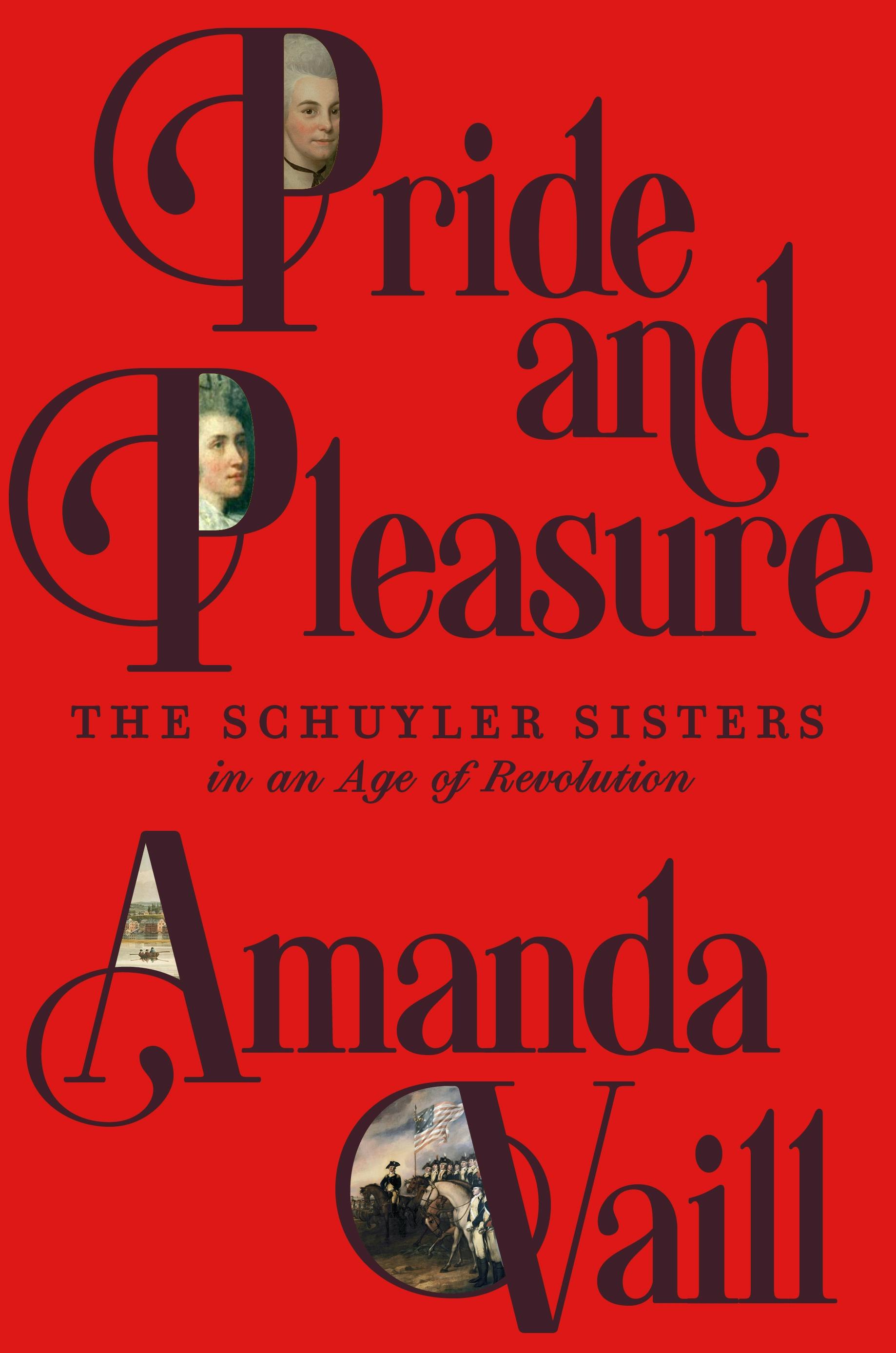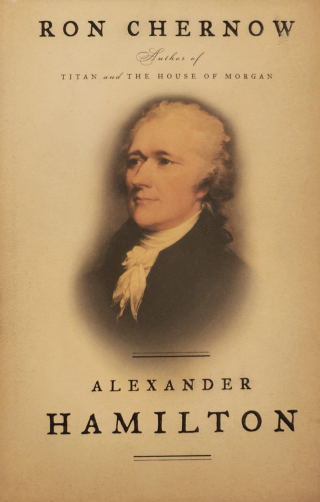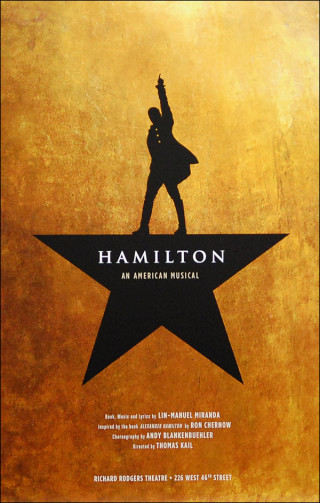When biographer Amanda Vaill read Ron Chernow’s Alexander Hamilton (2004), her first thought, she said in a recent interview, was “Oh! Somebody should write about Hamilton’s wife and her sister! He’s married to Eliza but seems to be attracted to Angelica!” But, Vaill added, “I was in the middle of a book of my own, so it wasn’t going to be me.” At about the same time, Lin-Manuel Miranda also read Chernow’s book. By 2015, Miranda’s hip-hop musical Hamilton had opened off-Broadway, where Vaill saw it shortly before it moved to Broadway.
By then Vaill, past recipient of a Guggenheim, Peabody, and Emmy for her work as a writer and documentary screenwriter, had completed the biography she’d been working on and was looking for her next project but hadn’t found anything that compelled her. “I’m not interested in describing or exploring a subject,” she says. “I’m interested in telling a story. And I wasn’t in that theater for 20 minutes before I thought, Whoa! I need to check this out!” The musical, which depicts Eliza Schuyler, Hamilton, and Angelica Schuyler as emotionally entangled right from the get-go, catalyzed Vaill’s earlier feeling that there was a backstory to Hamilton’s relationship with his wife and sister-in-law that should be told. Vaill had a book contract in hand before Hamilton even got to Broadway, where it became the Pulitzer Prize–winning blockbuster it has been for the past 10 years.
Not that Vaill presumed writing her new book, Pride and Pleasure: The Schuyler Sisters in an Age of Revolution, would be easy. “I was gently counseled by a writer who does famous men that this was maybe going to be a fool’s errand,” she recalls. “That’s what happens when you work in women’s history. With famous men, the stuff is there. You don’t have to hunt in weird places, which is enormously time-consuming but also completely fascinating. With women, you find stuff you didn’t know you were looking for.” Vaill, a historian and former executive editor at Viking Penguin, has had a lifelong interest in stuff—material culture—that she dates back to her first glimpse as a child of a facsimile of a letter, complete with bloodstains, that the French lawyer and statesman Maximilien Robespierre was writing when he was shot in the jaw. Her mother bought it at the Musée Carnavalet in Paris during Vaill’s childhood, and to this day she has it. “Documents! Documents speak to me, not just what’s in them but the way they are. Everything tells a story,” she says. The Schuylers were not only letter writers; they were scrutinizers of their surroundings—blueprints for the homes they wanted to live in, the fashions they wanted to wear, their furniture, jewelry, portraits, you name it—much of which Vaill examined and brings to her understanding of Eliza and Angelica.


